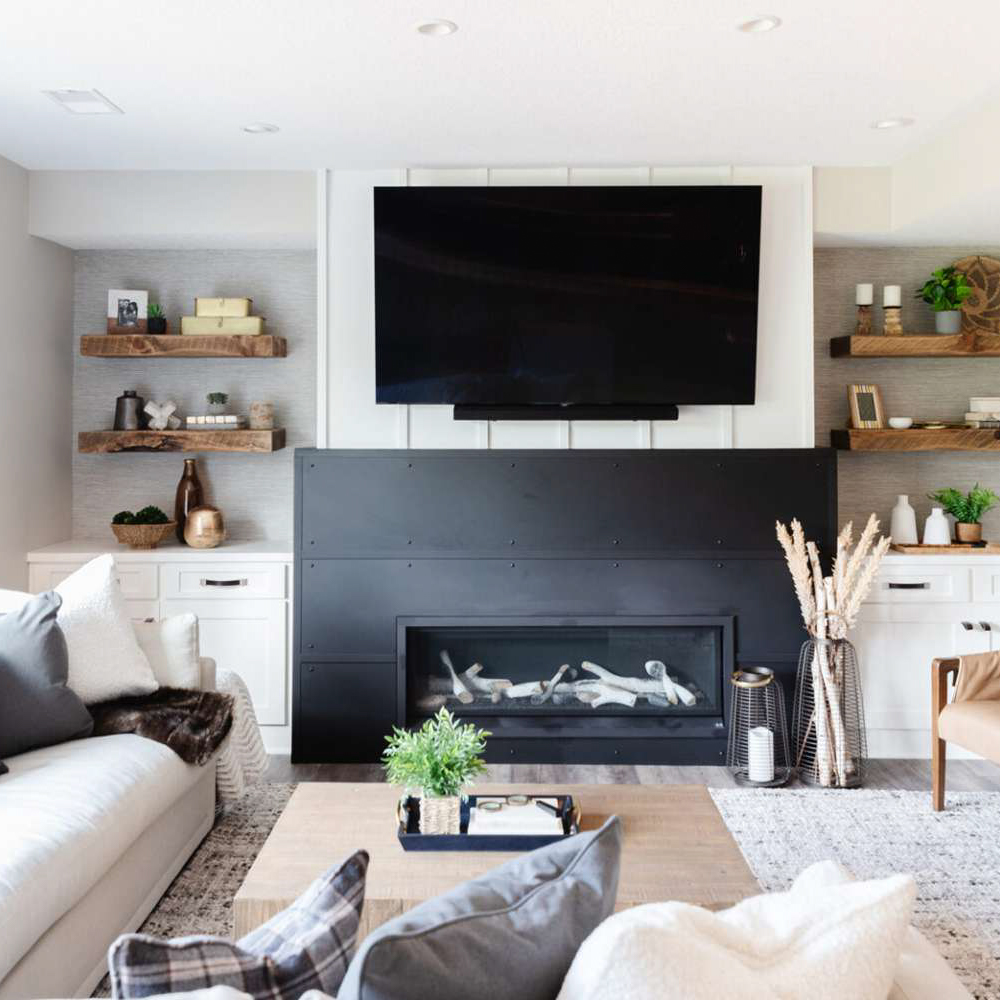Introduction
Have you ever paused to look up at the ceiling above you? A ceiling is not just a flat, boring surface that holds up the roof. In fact, it can be a work of art, a masterpiece of design, or a marvel of engineering. In this article, we will explore the countless ceilings found around the world, and uncover their beauty and intricacy.
The Historical Significance of Ceilings
Ceilings have been an important feature in architecture for thousands of years. The ancient Egyptians painted their ceilings with stars, while the Greeks created intricate patterns of gods and goddesses. In medieval Europe, the church was the primary collector of art, and the ceilings were adorned with scenes from the bible. During the Renaissance, Italian artists created stunning frescoes on the ceilings of churches and palaces. By the Baroque era, the ceiling had become a space for grandiose, elaborate decoration.
The Sistine Chapel
One of the most famous ceilings in the world is the Sistine Chapel. Painted by Michelangelo in the early 16th century, the ceiling is a masterpiece of Renaissance art. Although Michelangelo was primarily a sculptor, he was commissioned to paint the chapel ceiling by Pope Julius II. The frescoes depict scenes from the Book of Genesis, including the Creation of Adam, which is perhaps the most well-known of all the paintings. Michelangelo’s masterpiece is a testament to the beauty and intricacy that can be achieved on a ceiling.
The Pantheon
The dome of the Pantheon in Rome is another example of a stunning ceiling. One of the best preserved ancient Roman buildings, the Pantheon has a dome that is 43.3 meters in diameter, making it the largest unsupported dome in the world. The dome features a series of coffers, or sunken panels, which give the impression that the dome is lighter than it actually is. The Oculus, a circular opening at the top of the dome, allows sunlight to enter the building, and creates an otherworldly atmosphere.
Ceiling Design Today
Today, ceilings are not just functional elements, but are also an opportunity for designers and architects to express creativity. Modern ceilings can make a bold statement, whether through color, texture, or unique patterns. Coffered and tray ceilings have become popular in recent years, adding depth and dimension to otherwise flat surfaces. Many designers are experimenting with lighting, using LED fixtures to create lighting effects that can change the mood of a room.
The Cloud Forest Conservatory
One of the most innovative ceiling designs today is found at the Cloud Forest Conservatory in Singapore. The conservatory is housed in a massive glass and steel dome, which is 35 meters tall. The ceiling is designed to resemble a rainforest canopy, with a network of steel ribs that mimic the way a tree branches grow. The ceiling contains over 2,000 glass panels that allow natural light to enter the space, creating a tranquil, natural environment. The engineering behind the conservatory’s ceiling is truly remarkable.


